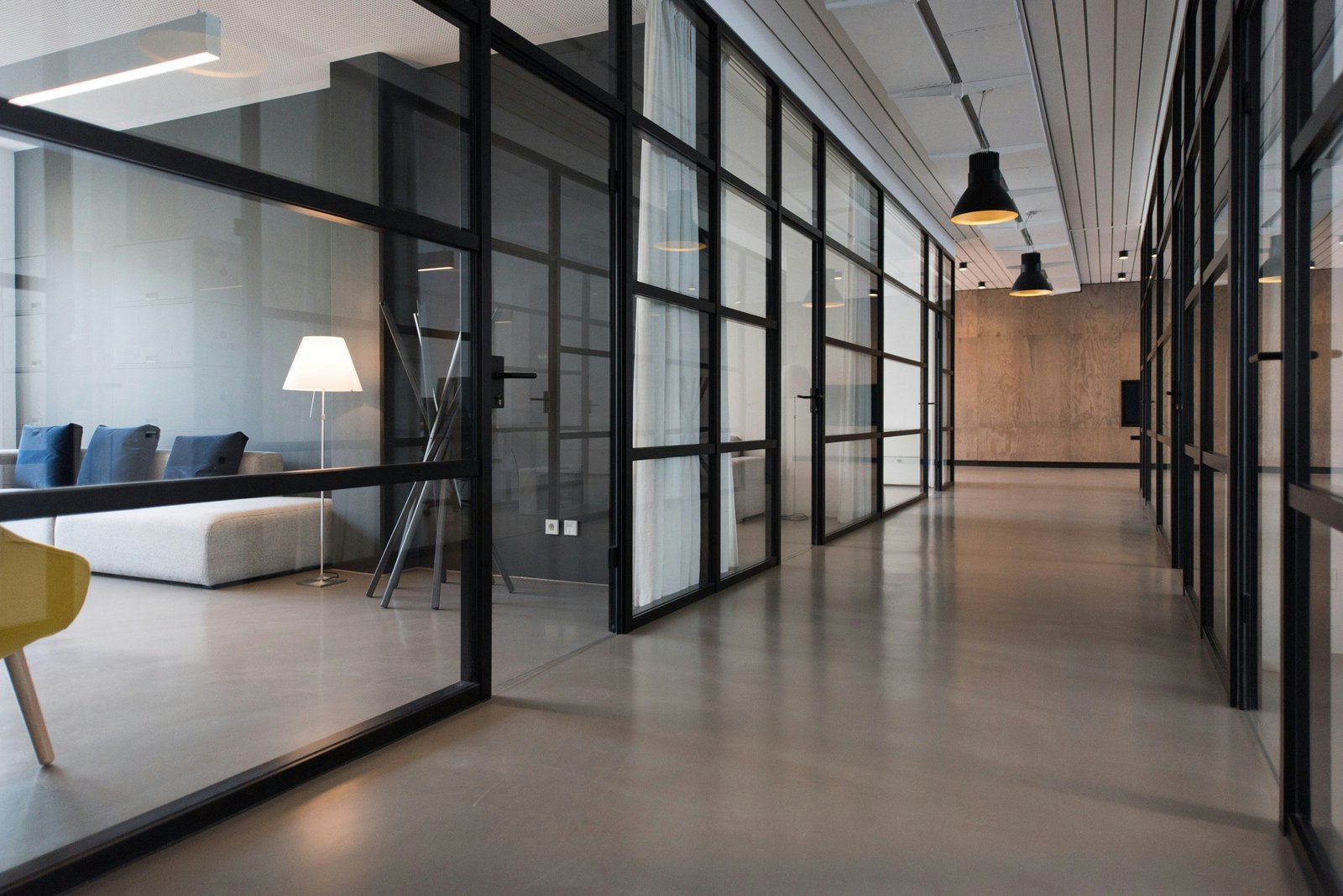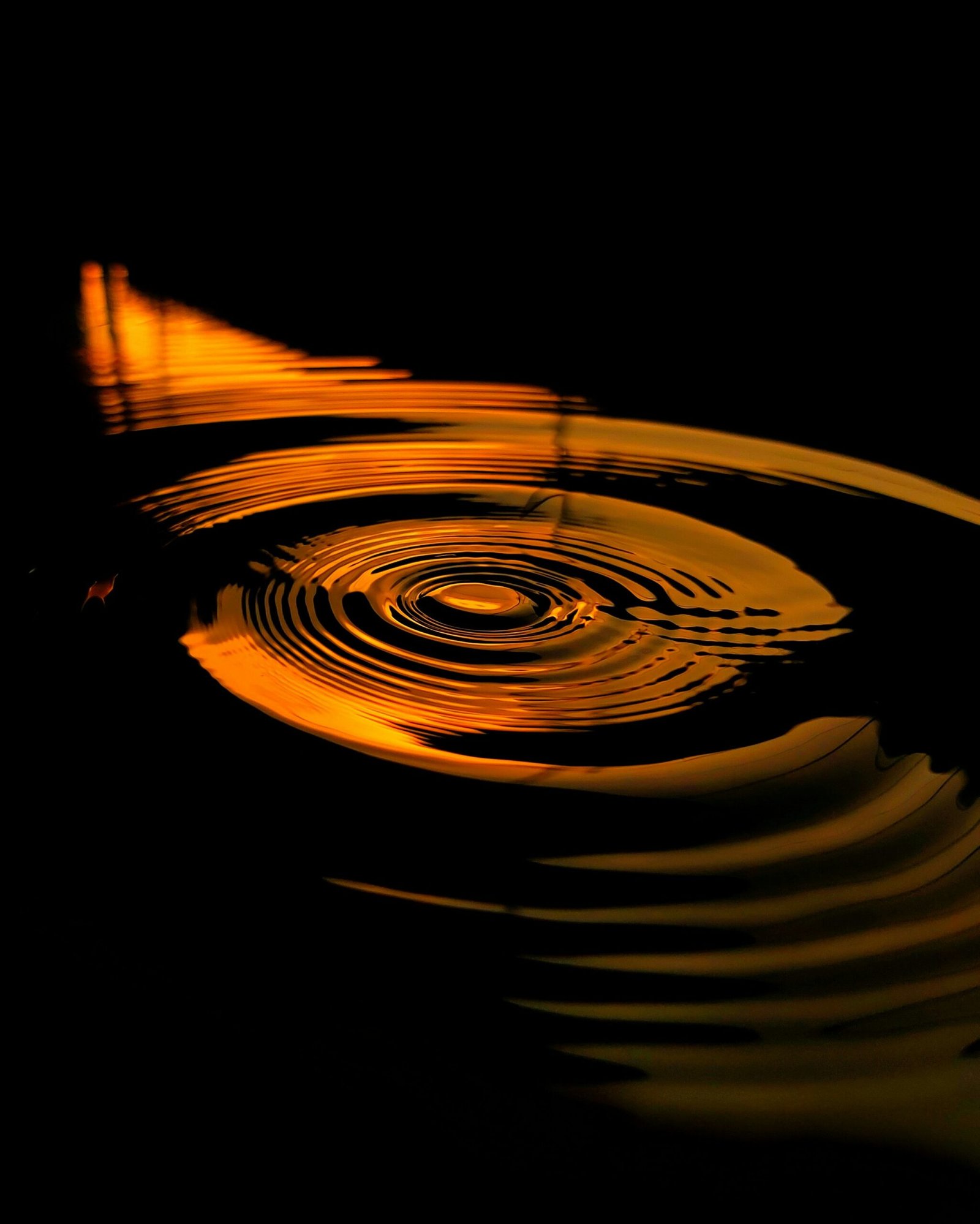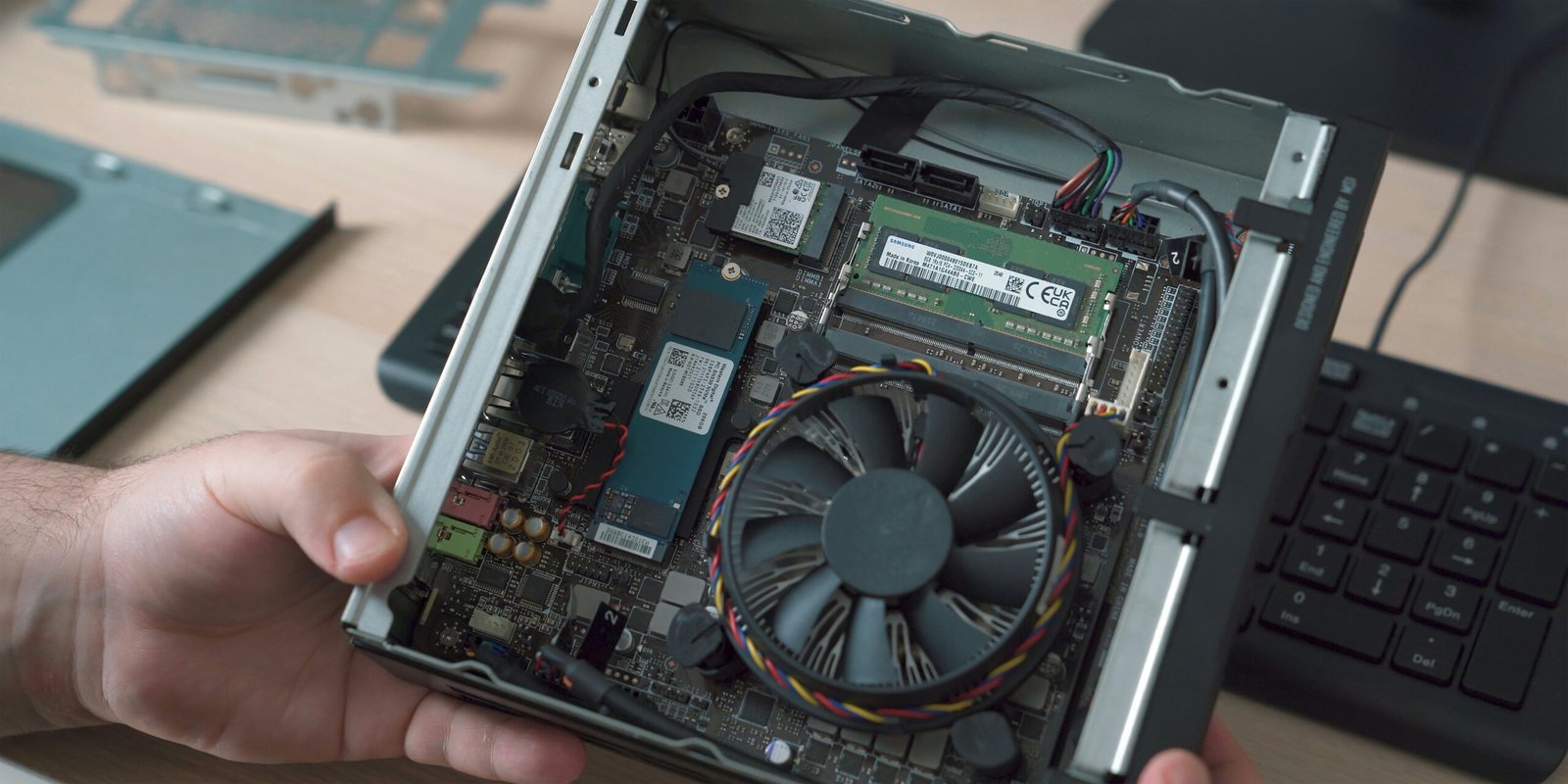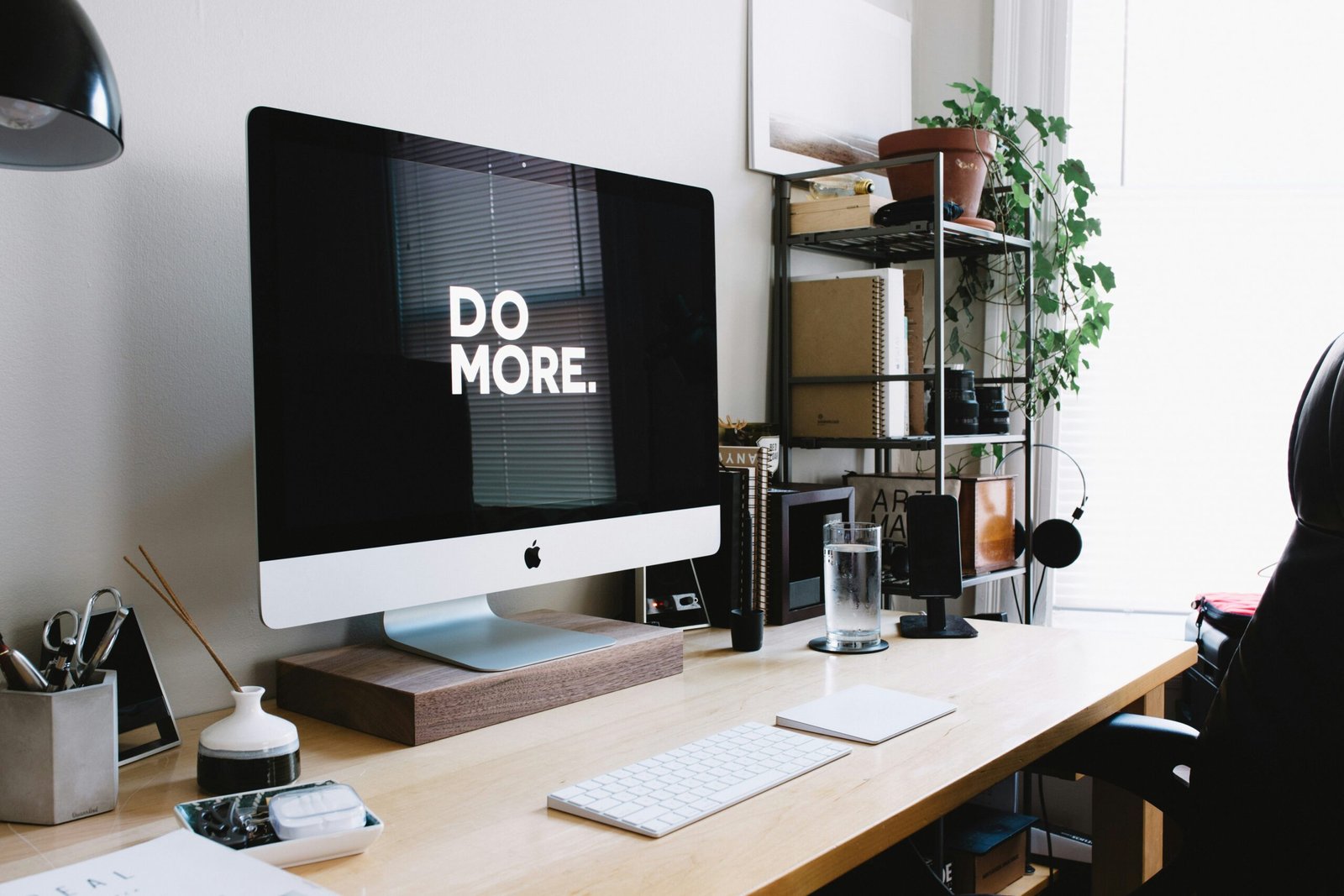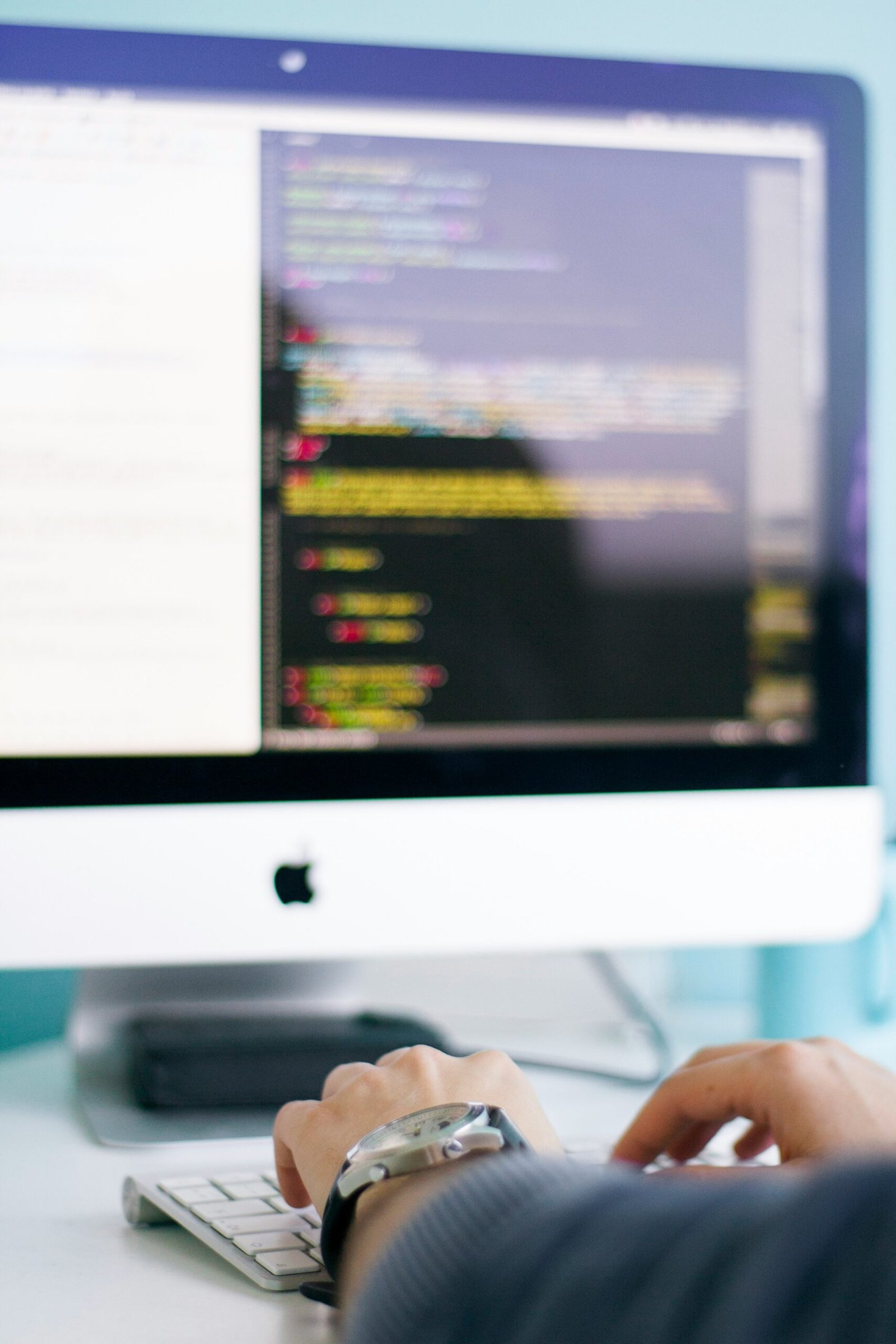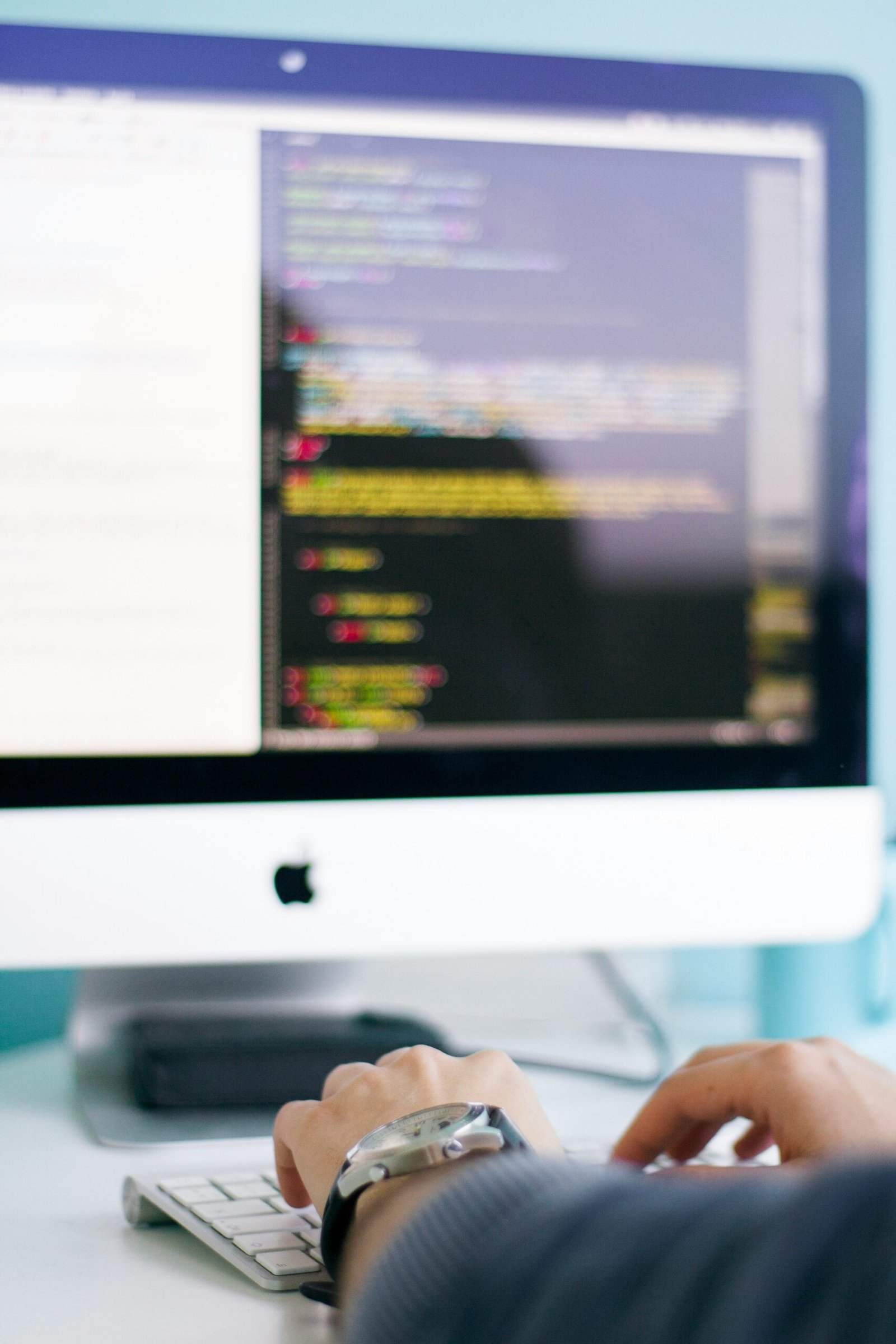Can You Use Vinegar on an LCD Screen? A Comprehensive Guide
Understanding LCD Screen Sensitivity
LCD (Liquid Crystal Display) screens are ubiquitous in modern electronics, from smartphones and tablets to monitors and televisions. Despite their widespread use, many might not realize the complex and delicate nature of their construction. LCD screens are typically composed of several layers, including a front polarizer, liquid crystal layer, color filters, and a backlight. This intricate composition makes these screens particularly susceptible to damage.
One of the primary vulnerabilities of LCD screens lies in the materials used in their manufacturing. The front surface, often made of a soft polarizer film, is prone to scratches and abrasions. Furthermore, the liquid crystal layer, sandwiched between glass plates, can be sensitive to excessive pressure and harmful chemicals. Hence, these screens necessitate careful handling and appropriate cleaning methods to maintain their functionality and aesthetic appeal.
Improper cleaning products pose a significant risk to LCD screens. For instance, using abrasive materials or harsh chemicals like ammonia or alcohol can degrade the polarizer film or cause discoloration. Vinegar, while a commonly used household cleaner, is acidic and can potentially damage the screen if not used correctly. The acidity can erode the polarizer film and seep into the edges, affecting the internal layers. This vulnerability underscores the importance of using cleaning solutions specifically designed for delicate LCD screens.
Preserving an LCD screen’s integrity means employing gentle cleaning techniques and products. Opt for microfiber cloths, known for their non-abrasive properties, and cleaners formulated to be safe for electronics. By understanding the fragile nature of LCD construction, users can take appropriate steps to ensure longevity and optimal performance for their devices. Awareness and caution remain paramount in maintaining these screens’ vitality.
The Pros and Cons of Using Vinegar
Vinegar is well-regarded for its formidable cleaning abilities, primarily due to its acetic acid content, which effectively breaks down accumulated dirt and grime. When diluted appropriately, vinegar can serve as a potent cleaner for various household surfaces, removing not only visible debris but also bacteria, mold, and mildew. Its cleaning prowess comes from its ability to disrupt and dissolve the lipid layers of unwanted compounds.
Despite these advantages, several considerations must be taken into account when using vinegar on an LCD screen. LCD screens are coated with sensitive protective layers designed to reduce glare and enhance image clarity. These coatings are susceptible to degradation when exposed to acidic substances. The acetic acid in vinegar, even in diluted forms, poses a risk of etching or wearing away these layers, leading to diminished screen quality and longevity.
Additionally, the application of vinegar may cause streaks or residue on the screen, which could impair visibility and user experience. The highly diluted nature of vinegar solutions intended for LCD screens might also dilute its cleaning effectiveness, leaving behind streaks or failing to remove all contaminants. This makes the choice of vinegar rather precarious for LCD maintenance.
Furthermore, incorrect usage—such as applying vinegar directly to the screen or using an overly concentrated solution—can exacerbate these problems. Spraying vinegar directly onto the screen increases the likelihood of liquid seeping into the device’s internal components, potentially causing electrical damage and voiding warranties.
Therefore, while vinegar is an effective general cleaner, its application on LCD screens necessitates caution. The potential for damage to the protective coating and the risk of leaving residues or streaks makes it imperative to consider alternative, screen-specific cleaning solutions that are designed to maintain the delicate balance required for LCD screens.
Safe Cleaning Alternatives for LCD Screens
When it comes to cleaning LCD screens, using inappropriate cleaning agents like vinegar can cause irreversible damage. To maintain the longevity and clarity of your screen, sticking to safe and recommended cleaning solutions is essential. Some of the best alternatives include distilled water, specialized screen cleaners, and isopropyl alcohol-based solutions. These alternatives are gentle on the screen and effectively remove dust, fingerprints, and grime without causing harm.
A microfiber cloth is one of the most crucial tools for cleaning LCD screens. Its soft texture prevents scratches and efficiently captures dust and oil. If specialized screen cleaners aren’t available, a mixture of distilled water and a small amount of isopropyl alcohol can serve as an effective substitute. Always ensure the solution is mixed in a 1:1 ratio to avoid leaving any residues.
When cleaning an LCD screen, follow these step-by-step instructions:
1. Turn off and unplug the device to avoid any accidental damage or electrical hazards.
2. Use a clean, dry microfiber cloth to gently wipe away loose dust from the screen’s surface. Avoid using paper towels or regular fabric, as these can scratch the screen.
3. Lightly dampen a corner of the microfiber cloth with distilled water or a specialized screen cleaner. Ensure the cloth is not too wet, as excess liquid can seep into the device and damage internal components.
4. Gently wipe the screen with the damp cloth, using a circular motion and minimal pressure. Heavy pressure can damage the delicate LCD panel.
5. Follow up with a dry part of the microfiber cloth to remove any remaining moisture and residues.
6. Allow the screen to air dry completely before turning the device back on.
Using these safe cleaning practices ensures that your LCD screen remains in pristine condition, free from scratches and damage. Always consult the manufacturer’s guidelines for specific cleaning recommendations and avoid using any chemicals not explicitly endorsed by them. By adhering to these careful methods, your LCD screen will stay clear and functional for years to come.
Buying Guide and Tips for Maintaining LCD Screen Hygiene
Maintaining the cleanliness and longevity of your LCD screen is paramount for ensuring optimal performance and clarity. To help you achieve this, we have curated a buying guide of essential products tailored for LCD screen maintenance, alongside practical tips for preserving your screen’s hygiene and durability.
When selecting the best products to clean an LCD screen, aim for high-quality brands renowned for their screen care solutions. Recommended brands such as Screen Mom, Whoosh!, and Eveo offer excellent screen cleaners that effectively remove smudges and fingerprints without damaging the screen’s delicate surface. Pair these cleaning solutions with soft microfiber cloths from brands like MagicFiber or AmazonBasics, as they are perfect for gently wiping away dust and grime without scratching the screen.
In addition to cleaners and cloths, considering protective sprays designed for screens can be an excellent investment. Products such as 3M Privacy and Anti-Glare Screen Protector not only help in maintaining a clean surface but also reduce glare and enhance privacy. These protective sprays add an extra layer of defense against potential contaminants and environmental damage, thereby extending the lifespan of your LCD screen.
Practical maintenance tips are just as crucial in keeping your LCD screen in pristine condition. Start with regular dusting using a microfiber cloth to prevent the accumulation of dirt and dust particles. Make it a point to avoid direct contact with liquids; this includes refraining from spraying cleaning solutions directly onto the screen. Instead, spray the cleaner onto the cloth and then gently wipe the screen. Another preventive measure is to place your device in a safe environment, away from food, drinks, and areas prone to spills or high humidity.
By investing in the right cleaning products and adhering to these maintenance practices, you can ensure your LCD screen remains clear, functional, and long-lasting. These efforts not only enhance your viewing experience but also safeguard your investment in technology.

